As you explore the world of custom packaging, you’ll likely run into the terms paper grade and paper weight at some point along the way.
The terminology for paper weight and paper grades can be confusing. Sometimes it looks like you’re reading a foreign language, but don’t worry. Soon, you’ll know how to make sense of abbreviations like Cover 100#, Gloss Text 80# and 24# Uncoated just like the pros.
Without further ado, let’s dive into the different paper weight and paper grades you’ll need to understand for packaging.
Understanding Paper Weights
Paper weights help to identify the thickness or thinness of paper, and also reflects the durability for its use in packaging.
When we talk about paper weights, it’s important to note that just like many other methods of measuring, the U.S. method of determining paper weight is different from the rest of the world.
In the U.S., paper weight is determined by its manufacturing origin. The rest of the world, on the other hand, compares the weight of a single square unit of paper.
When you have the same type of paper from two different paper manufacturers – this measuring system becomes increasingly complex. Although both papers may be physically the same, the process used to make them might differ.
Comparing Different Grades of Paper
Different grades of paper are determined by how the paper is going to be used. They include:
Opaque and Offset Uncoated Papers
Offset uncoated papers are a large volume commodity grade of paper.
This grade of paper is often used for archival purposes since the way it’s made makes it more alkaline as opposed to acidic, and that allows the paper to look newer, longer. Plus, the internal bonding between the components in the paper itself is very good and the paper itself is rather durable.
Offset paper generally weighs anywhere from 50 lbs to 80 lbs and can be finished using a smooth finish, a vellum finish (which, despite its name, has a rough texture) or a patterned finish like linen.
Opaque paper has a similar weight but the pulp quality is better. Plus, true to its name, this type of paper has a higher opacity, which means it’s more difficult to see through.
The finishes for opaque paper include an elegant-looking satin finish, a more durable film coat, or a simple, protective thin coat.
Writing Paper
Traditionally known as Correspondence Papers or Bond Papers, this paper is most commonly found nestled within your home or office printer and is typically used for corporate letters or even hand-written notes.
You can add a watermark to this type of paper or add cotton fibers to give it more strength and a classier feel.
Text and Cover Papers
There are premium uncoated papers known as text and cover papers that are great for things like report covers, brochures and business cards. These types of papers are great for presentations and can come in a wide range of finishes, colors and patterns.
4 Popular Paper Grades Used in Packaging
When you see things like 100# and the various coated or uncoated types, it’s easy to get overwhelmed. But there is somewhat of a secret to understanding the grade of paper.
Simply put, the higher the paper’s GSM or PT Unit, the thicker the material. The thicker the material, the more durable it is and the more weight it can sustain.
When deciding on the best paperboard to use for your stock or custom packaging, here are the 4 the most common types of paper grades you’ll likely find:
1. Clay Coated News Backboard (CCNB)
Clay coated news backboard, commonly known as CCNB cartons, are made from a mix of recycled newspapers, old corrugated containers and a mix of other types of paper.
CCNB is often the most cost-effective and affordable option for printing, however there are some drawbacks to be aware of.
This type of packaging, due to its nature and its makeup, can absorb a lot of water, so it’s best not to choose this option if you’re concerned about moisture affecting your product. Foldable carton packaging is most often made with this type of paper.
Among paper grades, it’s not exactly a fan favorite simply because the quality isn’t as high as other types of paper grades, the paper can’t hold much weight in terms of product and it’s more affected by moisture than other varieties. Still, if you need something quick, easy and affordable, it doesn’t get much easier than this.
This type of paper often houses things like pet food, detergent, or dry goods like noodles or beans.
2. Folding Box Board (FBB)
Folding box board, or FBB, is crafted using a combination of chemicals and mechanical material and processes to create a pulp material that’s several layers thick which adds exceptional strength and durability. Because the chemical layer of this paper is bleached, it provides an exceptional canvas on which to create high quality prints.
This type of material is stiffer when compared to other grades of paper, but it’s a great choice for many different types of products and is often used for food, cosmetics and even pharmaceutical products.
3. Solid Bleached Sulfate Board (SBS)
Solid Bleached Sulfate or SBS, is the epitome of product packaging.
Similar to folding box board, with SBS, the fibers are first chemically pulped and then bleached. After this process, the bleached pulp formed into box shapes.
Since both the inside and outside of the box have a white surface, it’s an excellent option for printing in and out. You can also use high quality specialty processes on this grade of packaging, like spot UV printing, embossing and debossing, hot foil stamping and much more.
Understandably, this type of custom packaging is most popular with a variety of industries and can package everything from food to tobacco to personal care items and everything in between.
4. Natural Kraft or Coated Unbleached Kraft (SUS or CUK)
Known as SUS or CUK, kraft packaging is made from 100% recycled materials, making it a great choice for environmentally-conscious companies who want to embrace a more eco-friendly packaging style.
It’s an excellent option for food packaging and its fantastic strength and tear-resistant design makes it just as hardy and resilient for heavy beverages, cosmetics and more. A thin layer of kaolin clay can be applied to make the surface support even higher quality printing.
Get Started with the Right Paper Grade for Your Packaging Project
It’s understandable to feel overwhelmed or confused about the different grades and weights of paper and which is best for your retail packaging, not to mention the different types of finishes, applications and specialty printing options you get with your specific paper or packaging choice.
But you don’t have to navigate the uncertainty of paper grades and weights on your own. Here at Refine Packaging, we make all things packaging our business so that you don’t have to. If you have questions, aren’t sure what options to choose or would like more information on the types and grades of paper available and the pros and cons of each, contact us today for a free no obligation quote.
No matter what type of product you want to protect, we have packaging that’s fully customizable and ready to present your product in the best possible light.
We’ll take the time to better understand your project and your vision for your product packaging design, and then help you create a look that’s durable, attractive and attention-getting, so that you can concentrate on marketing and selling, while leaving the packaging design and printing to us.
Ready to think outside the box? Let's get started!
Get in touch with a custom packaging specialist now for a free consultation and instant price quote.


.svg)



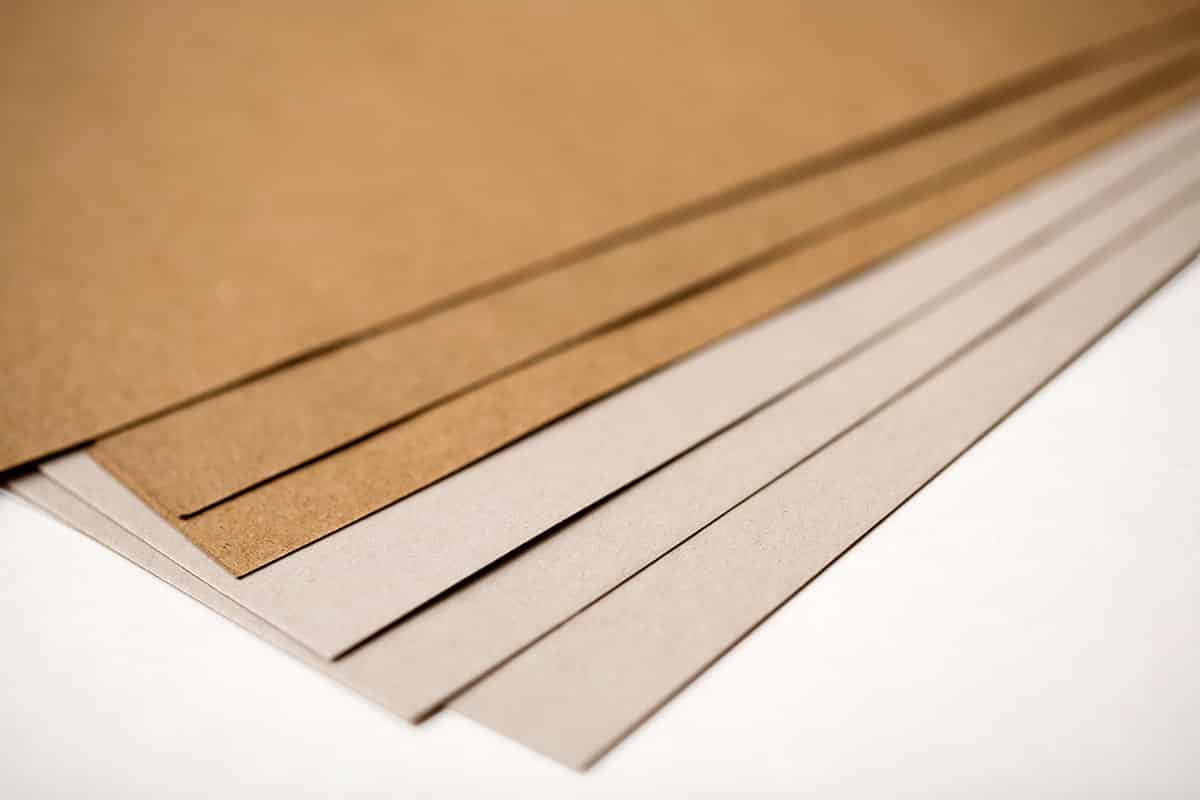
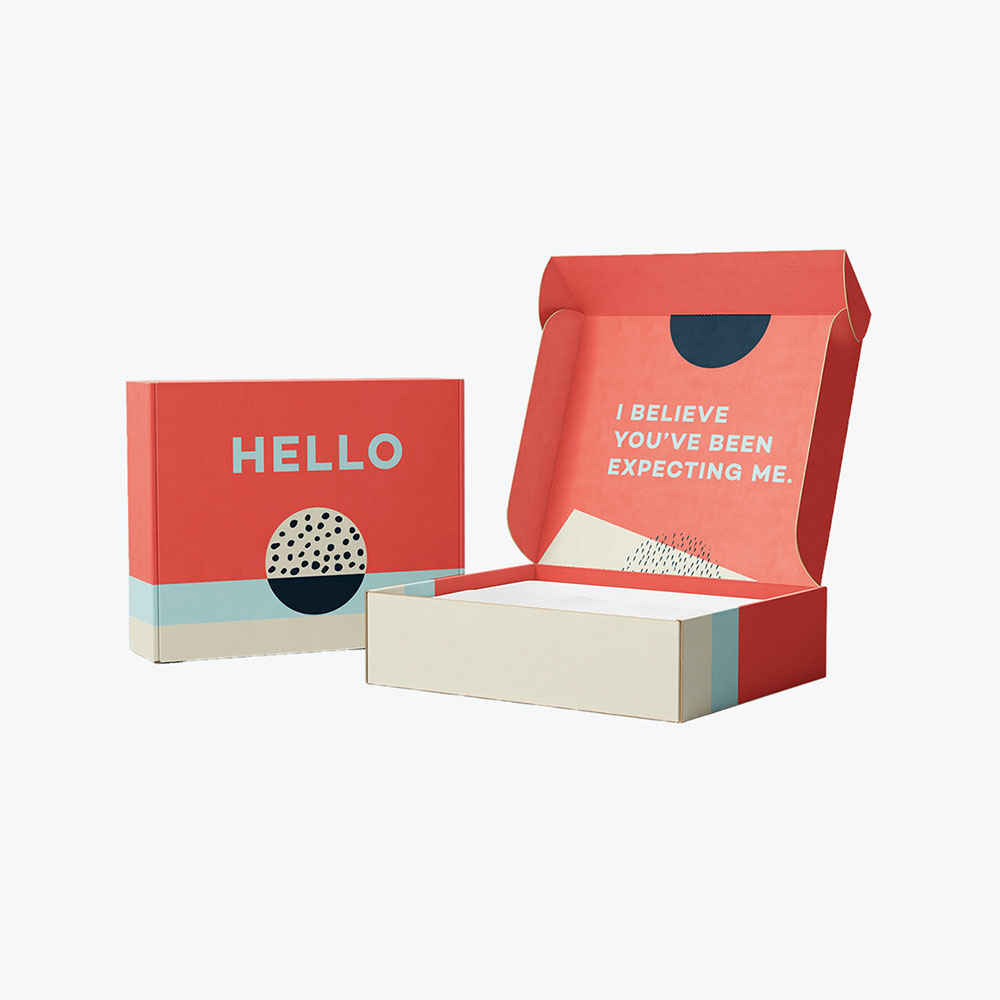
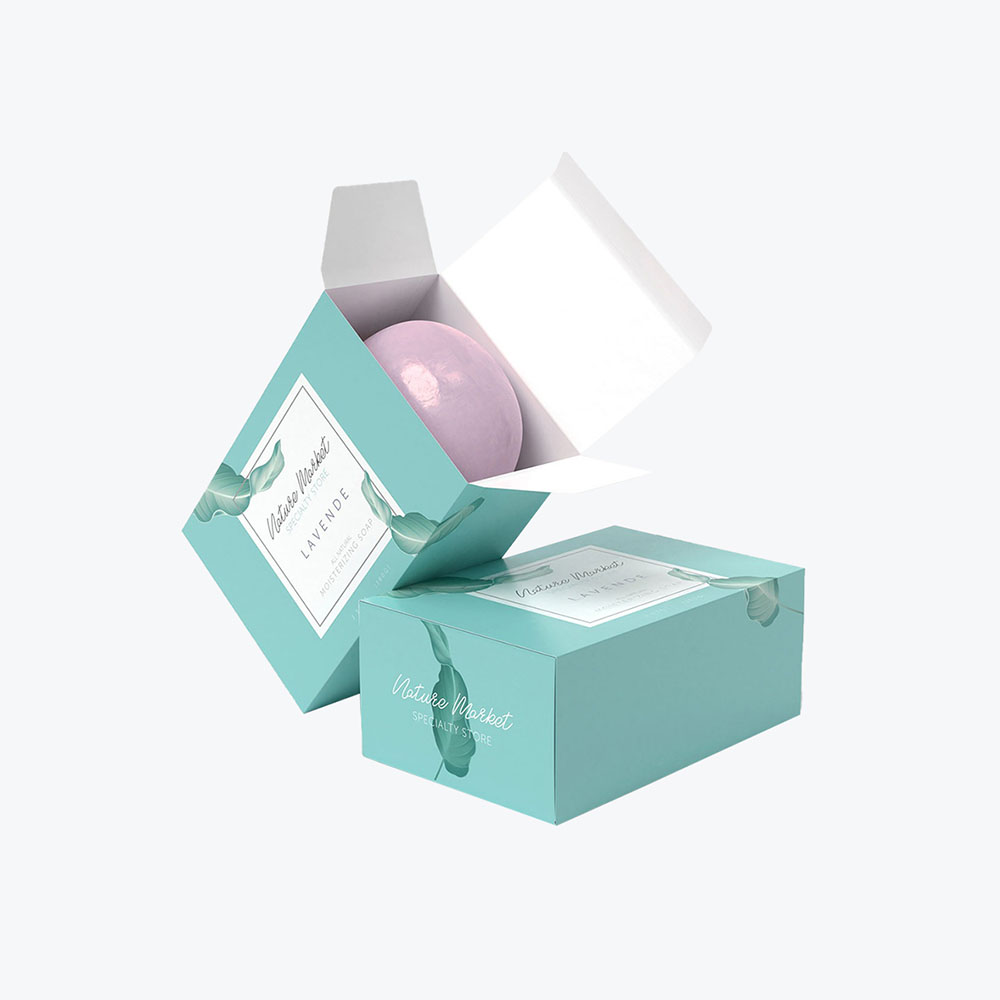
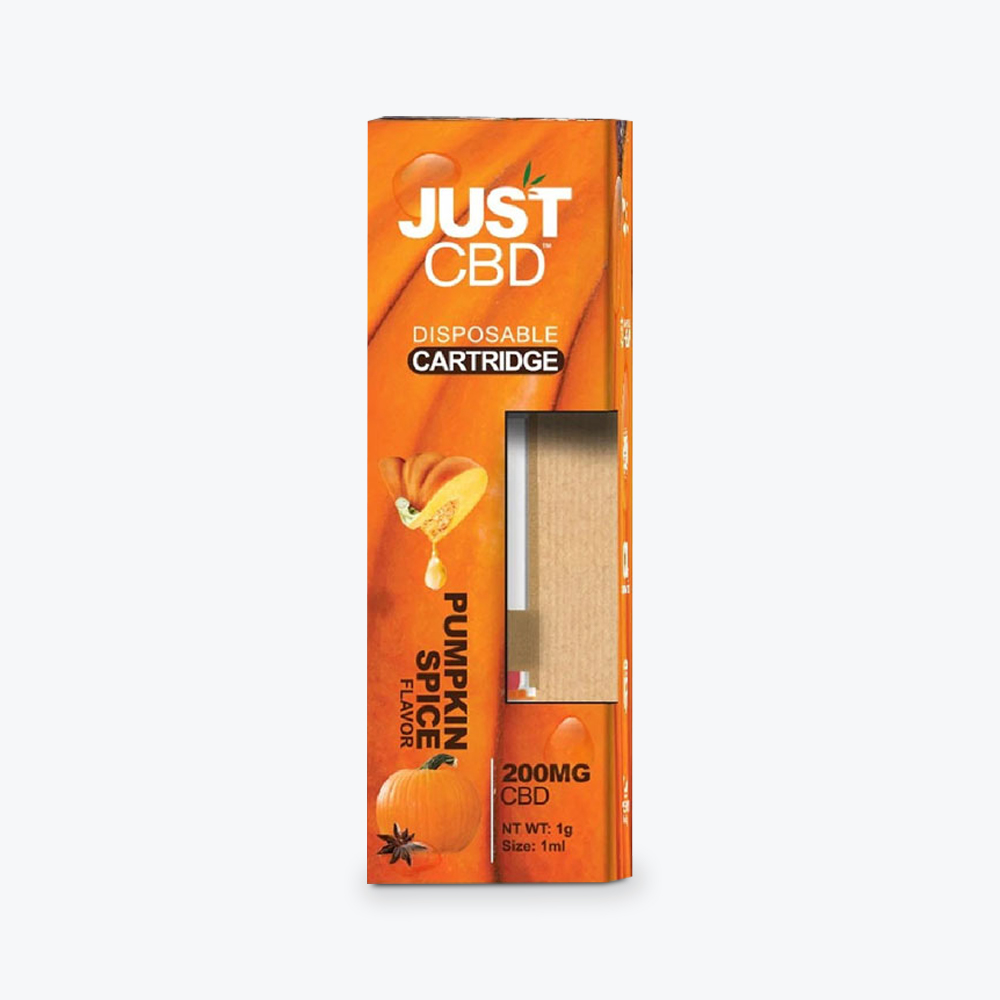
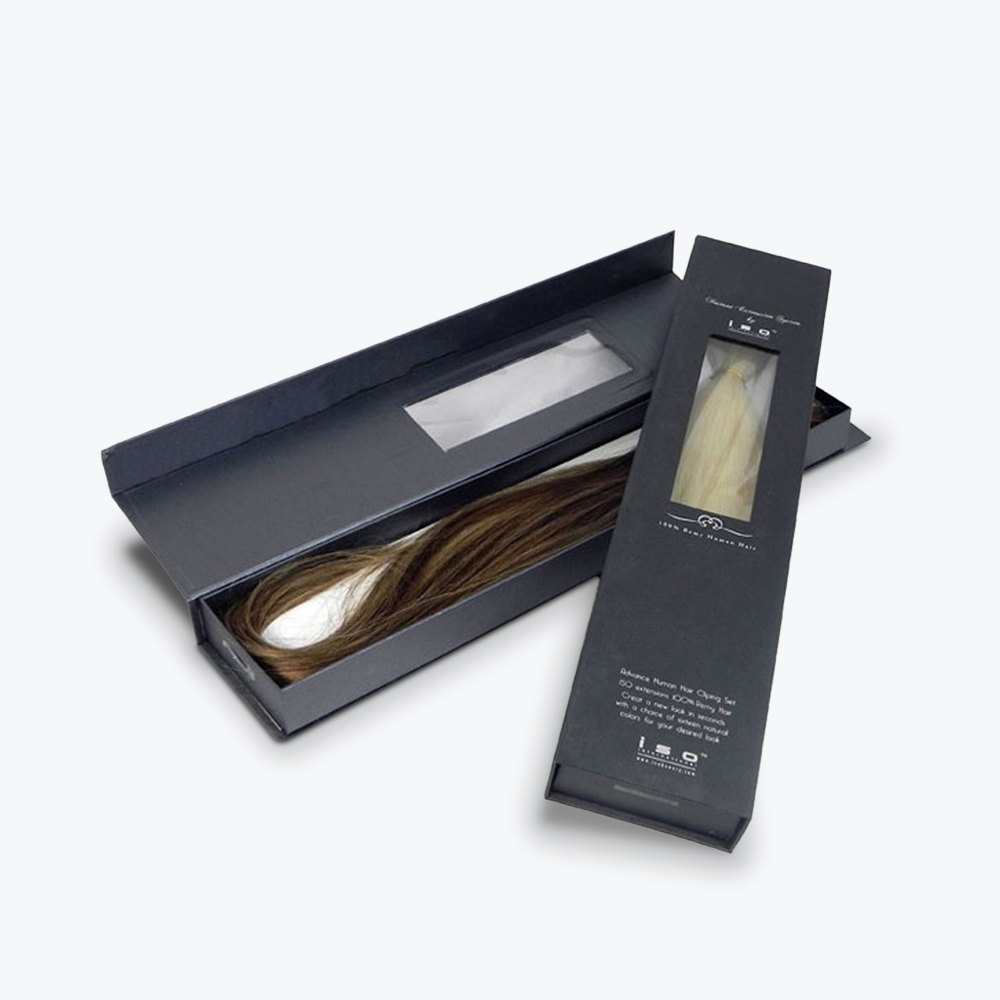


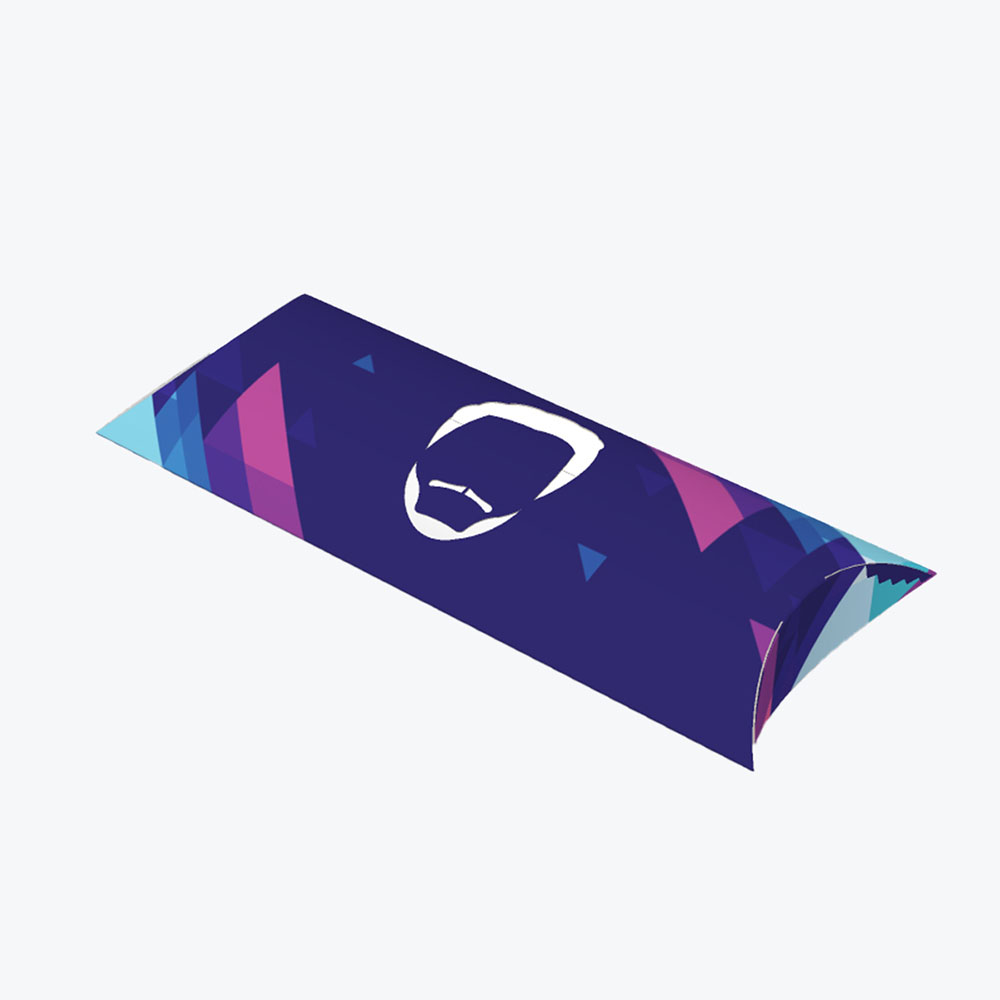

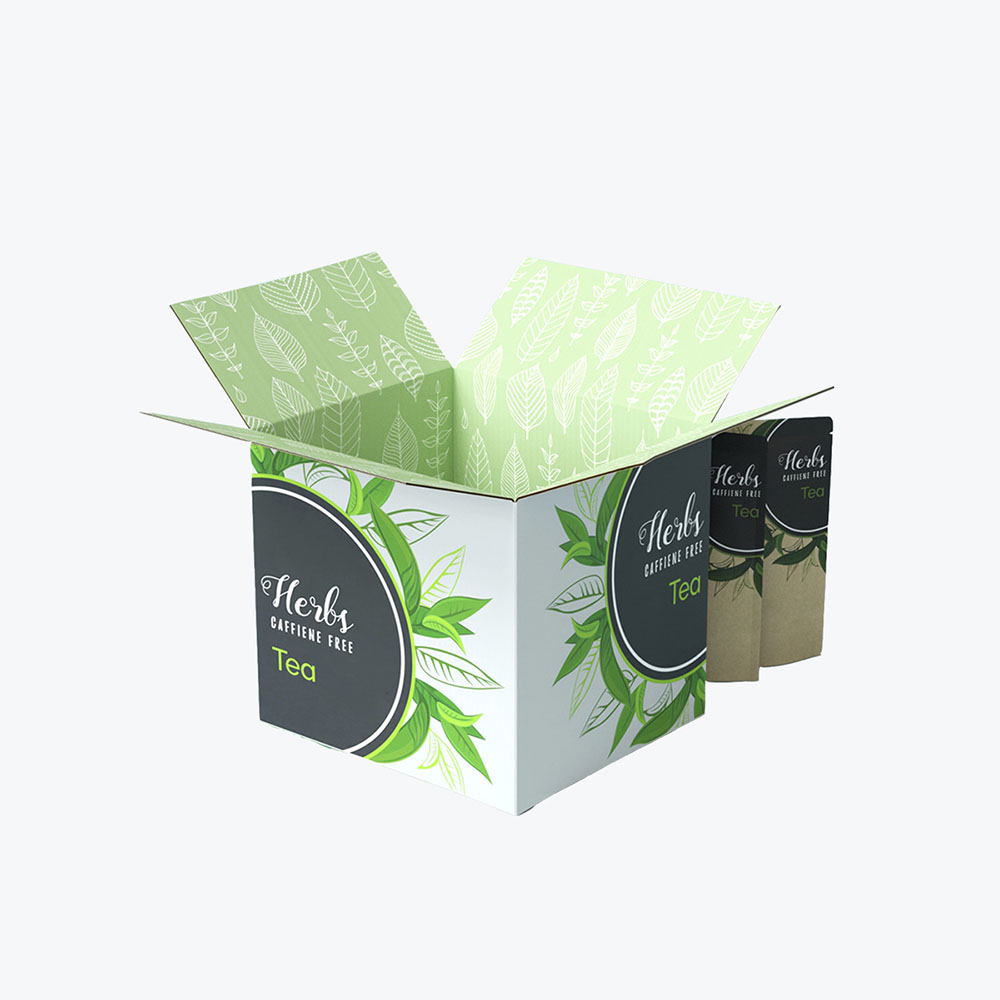

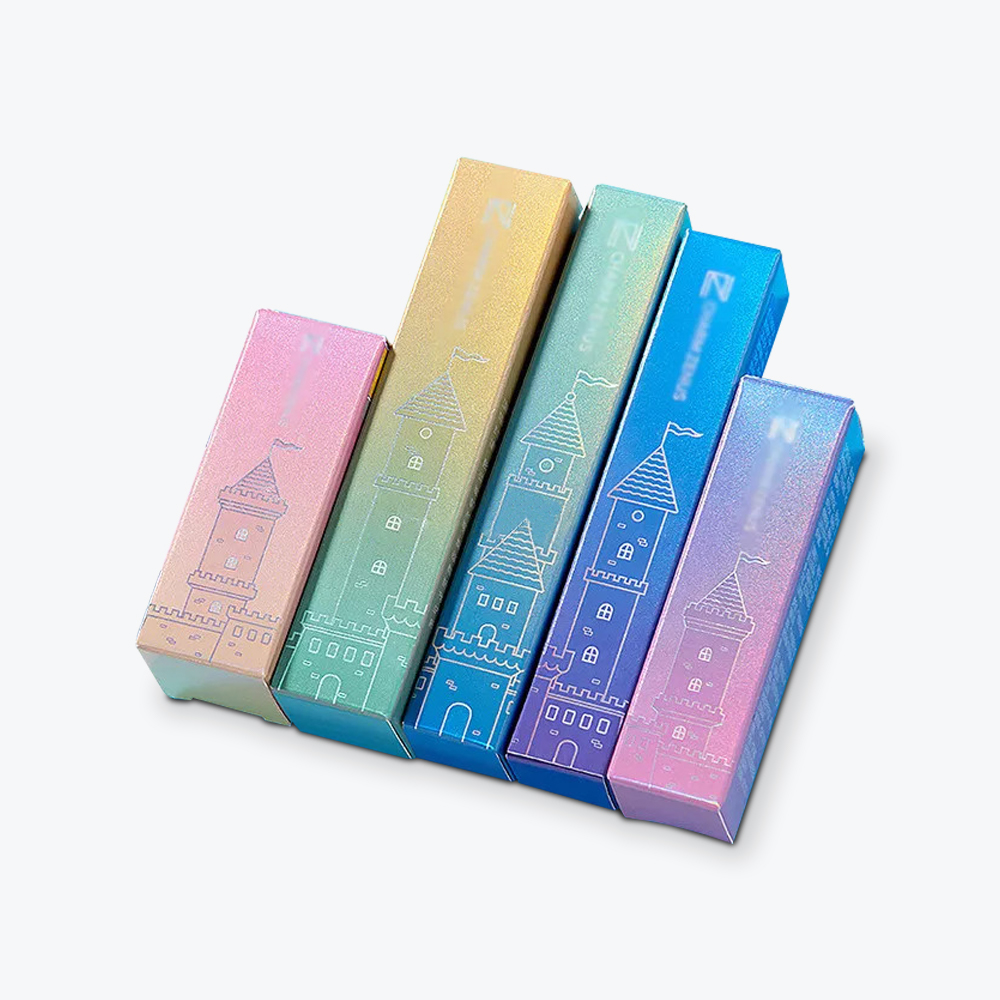

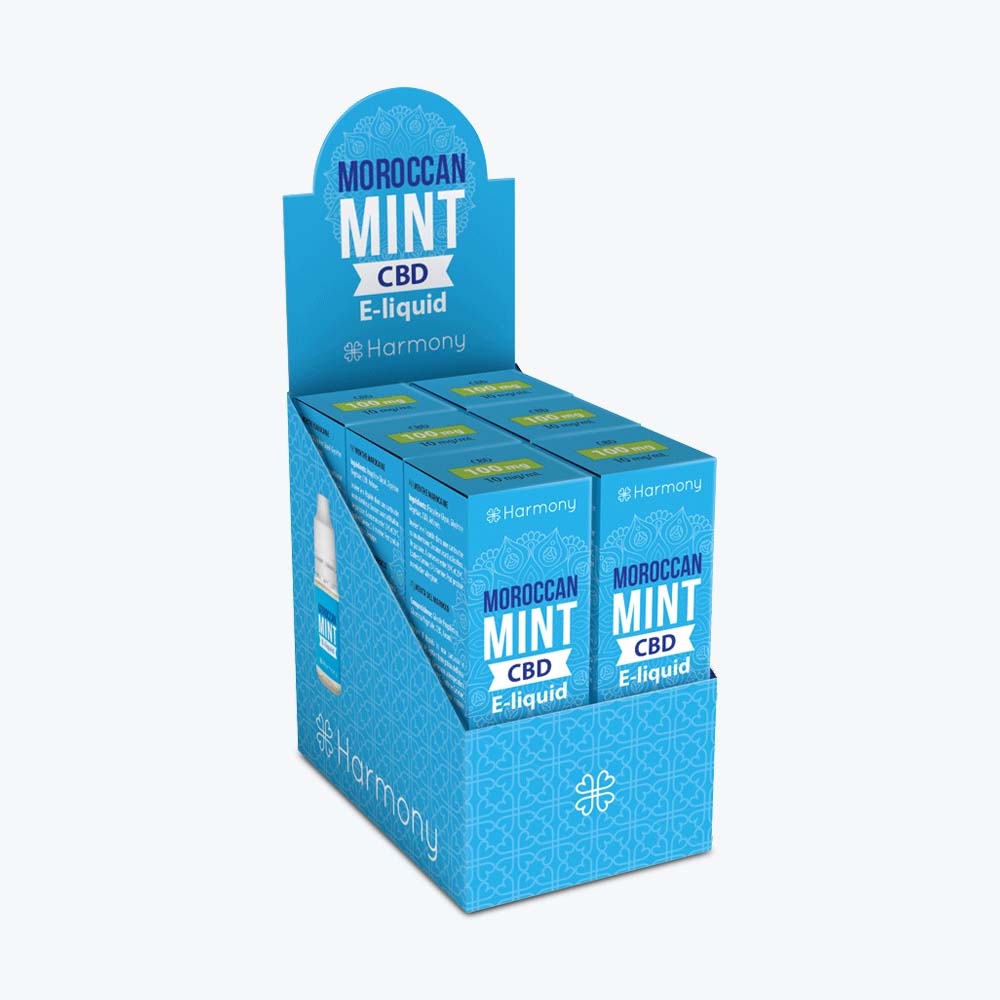
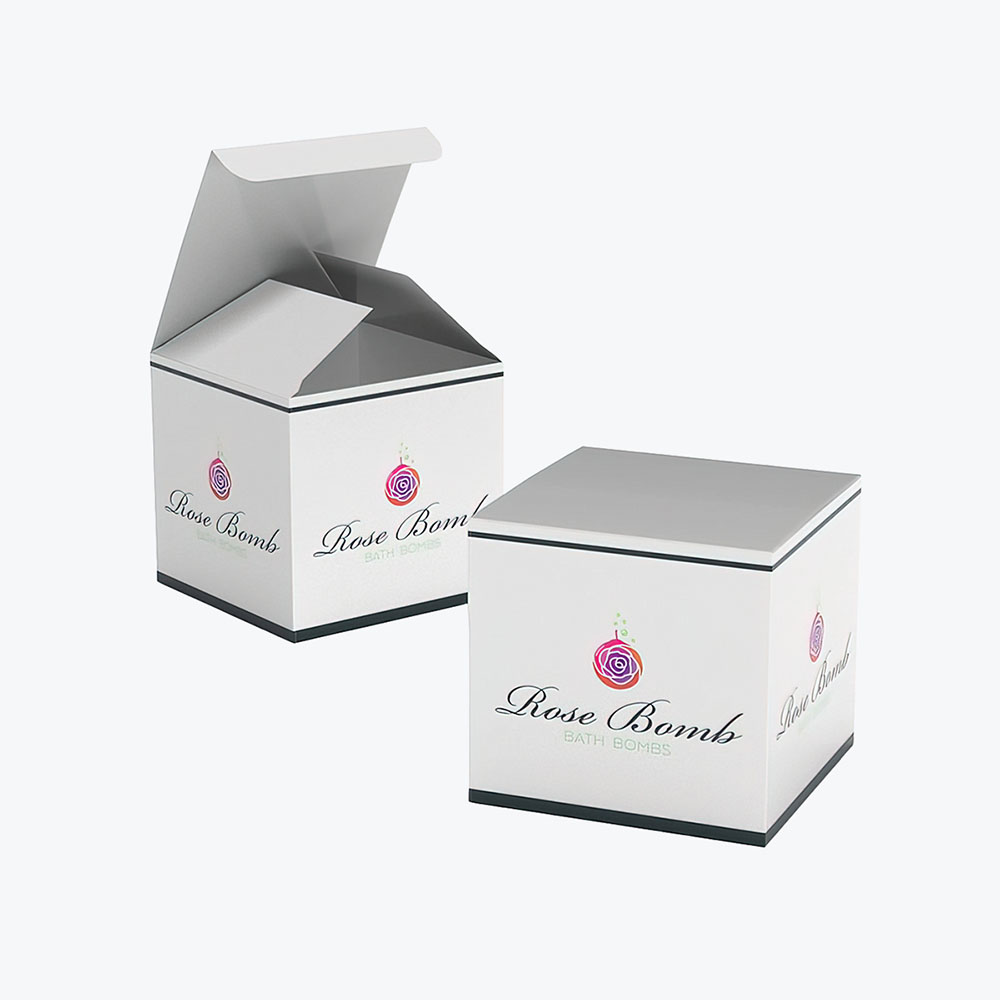
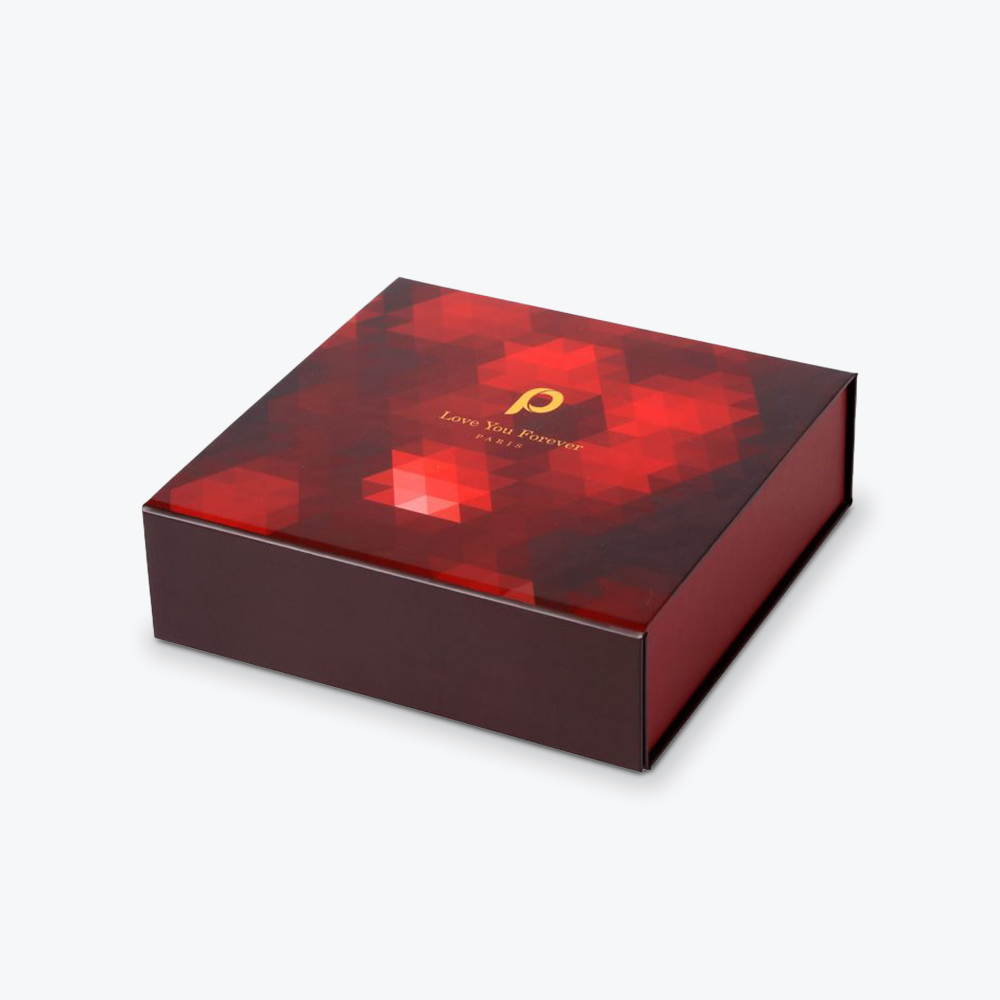
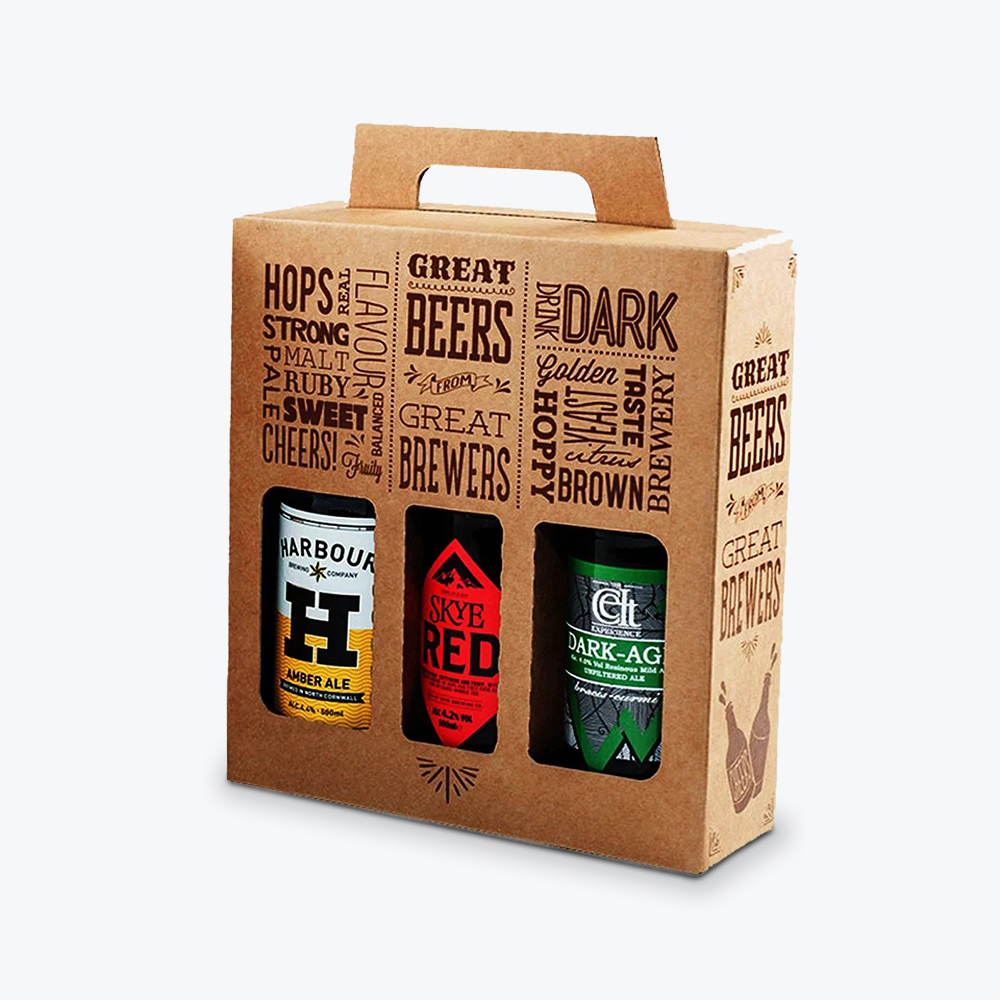
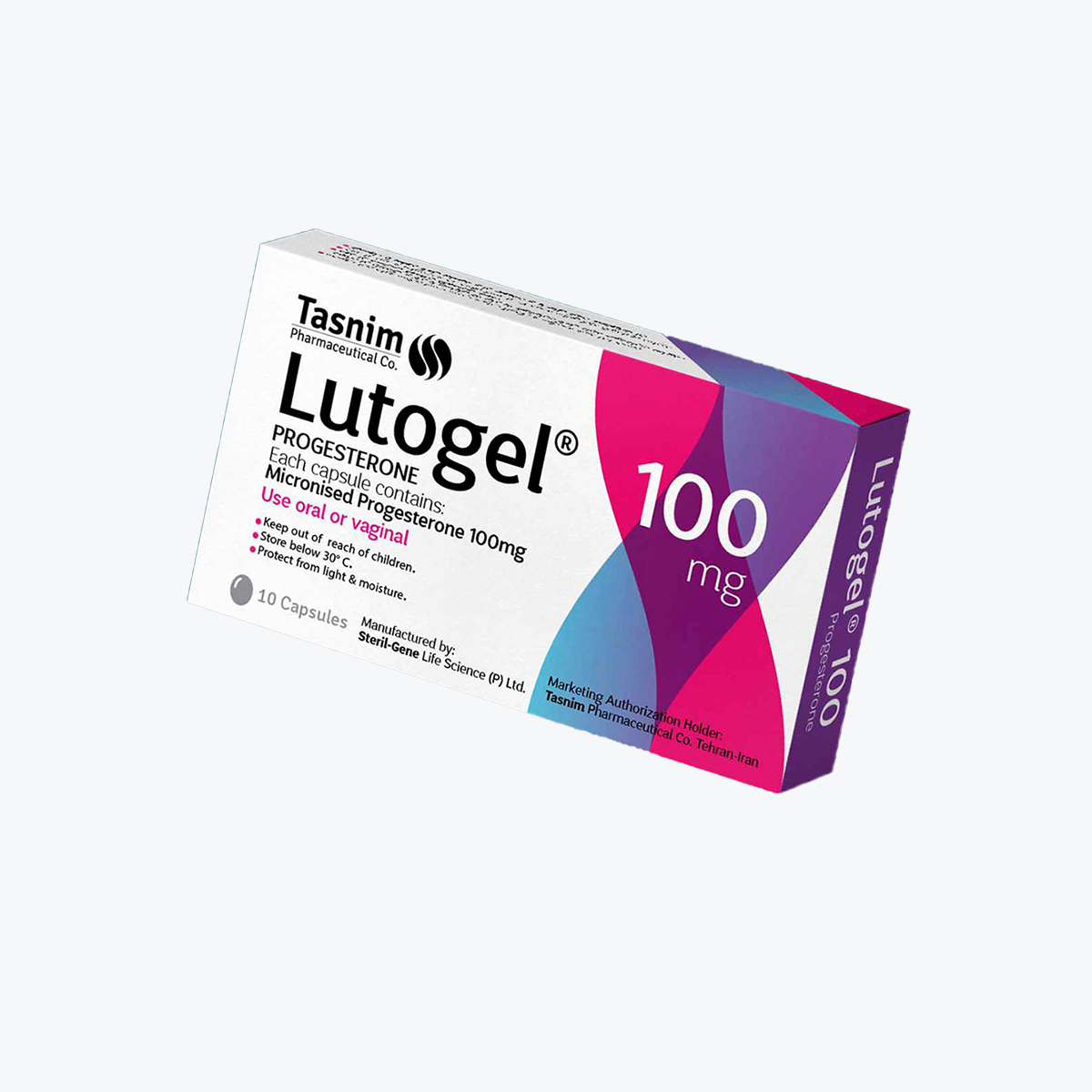
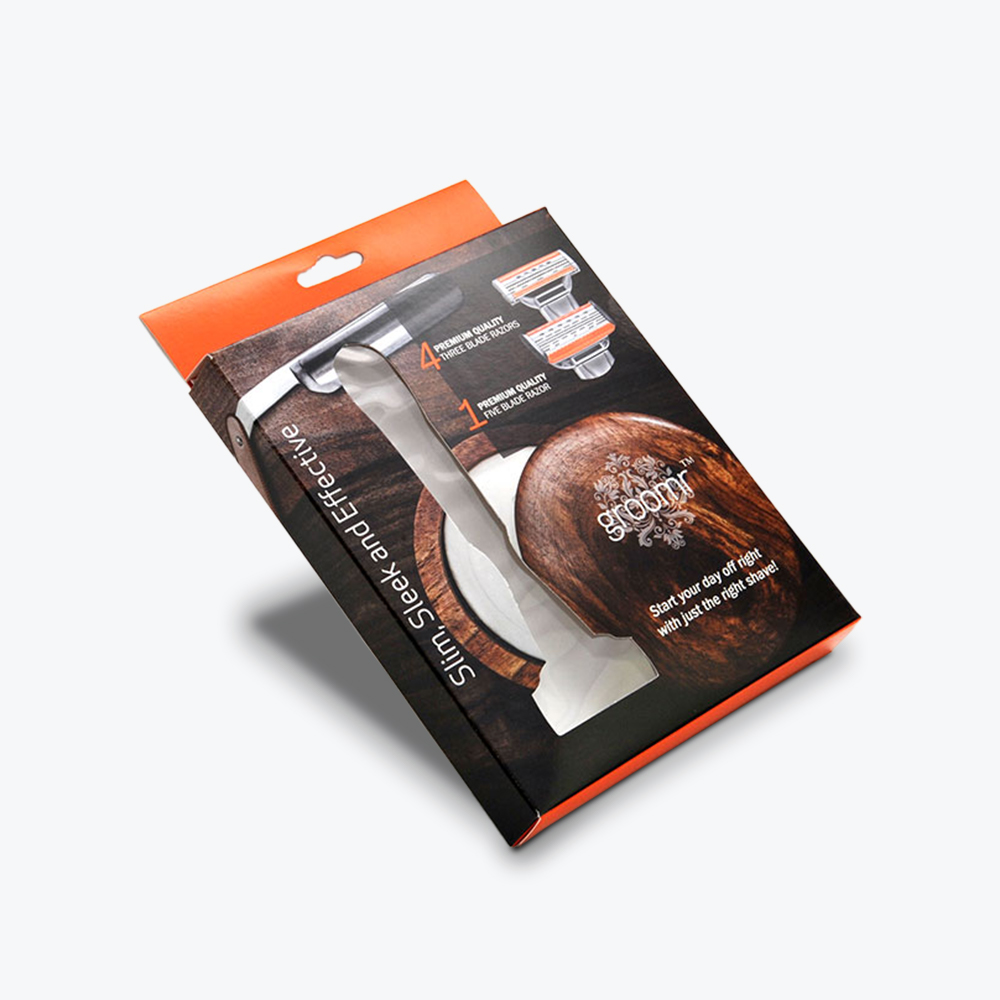



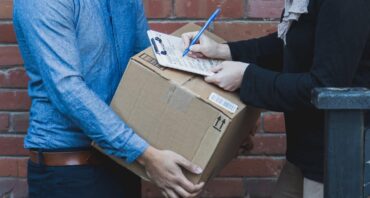

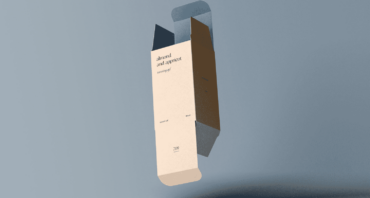
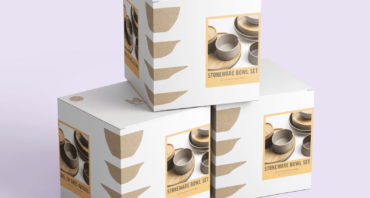
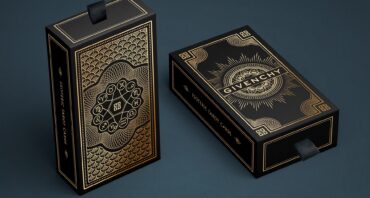

Share